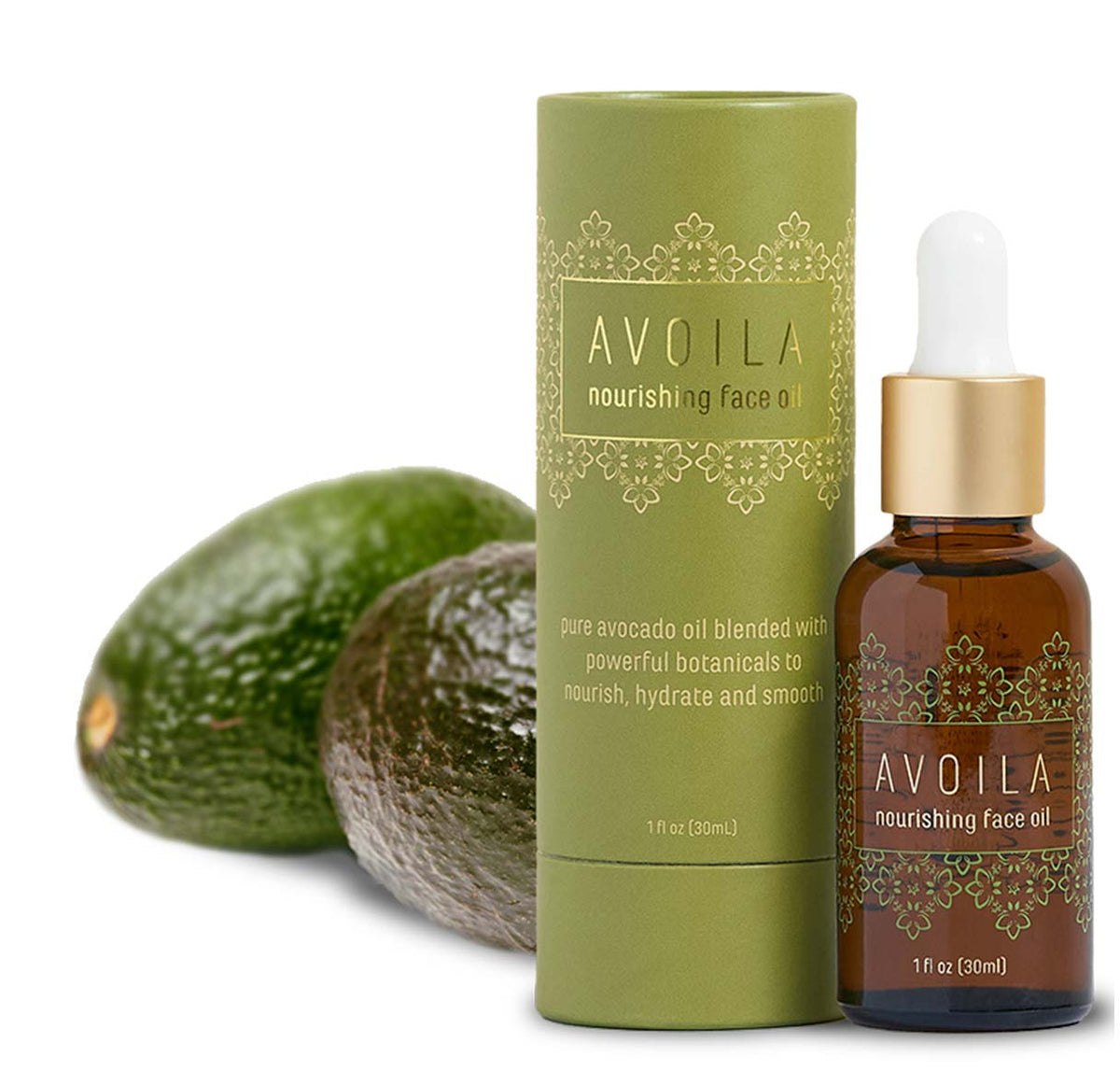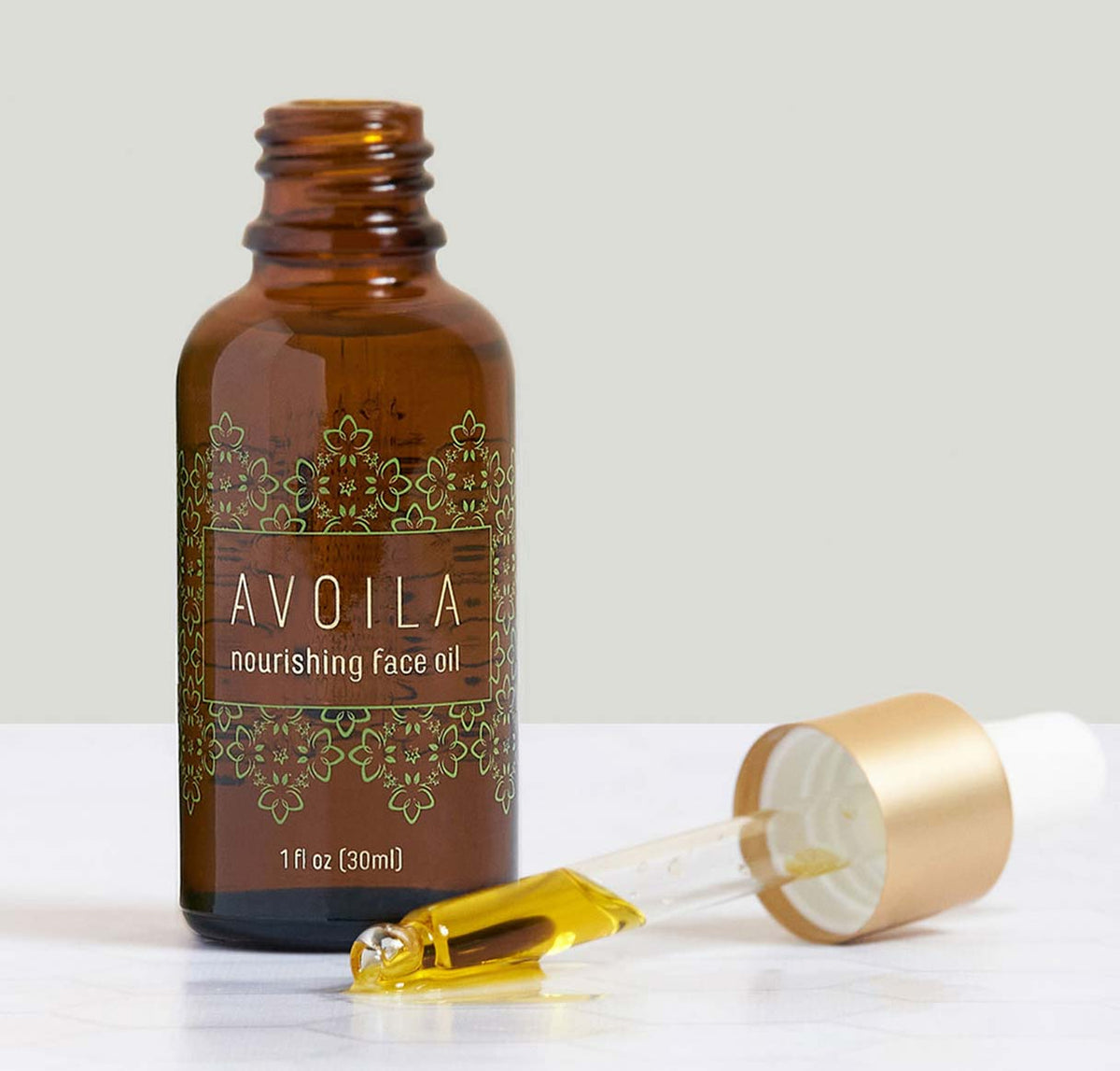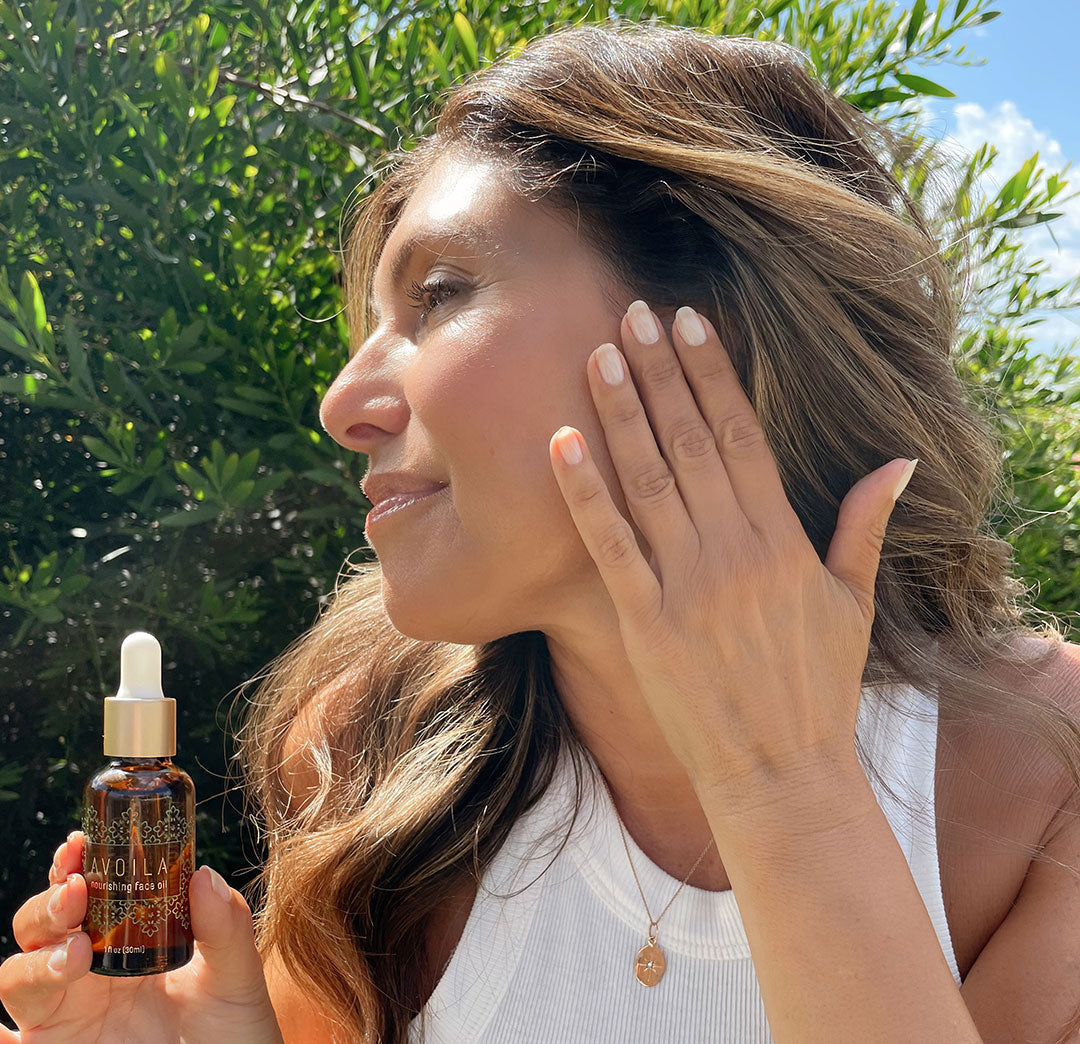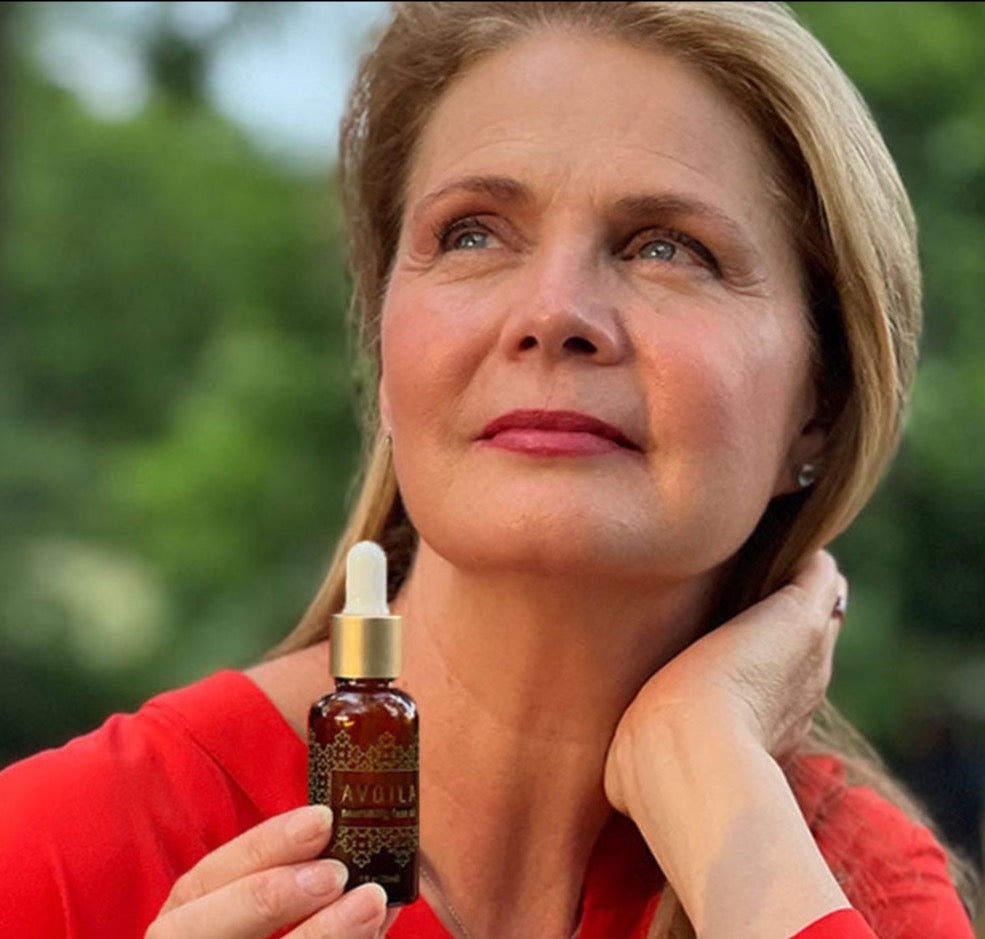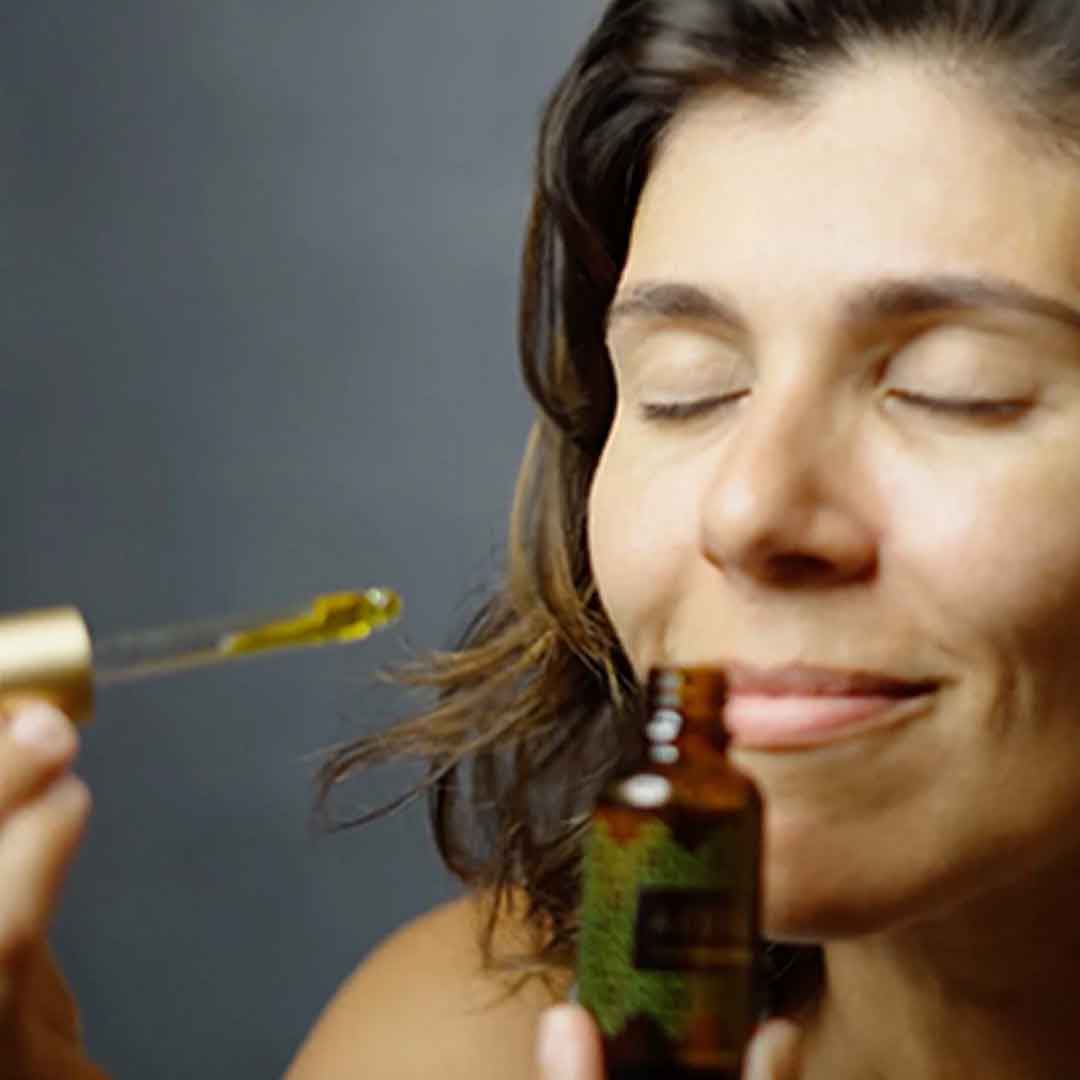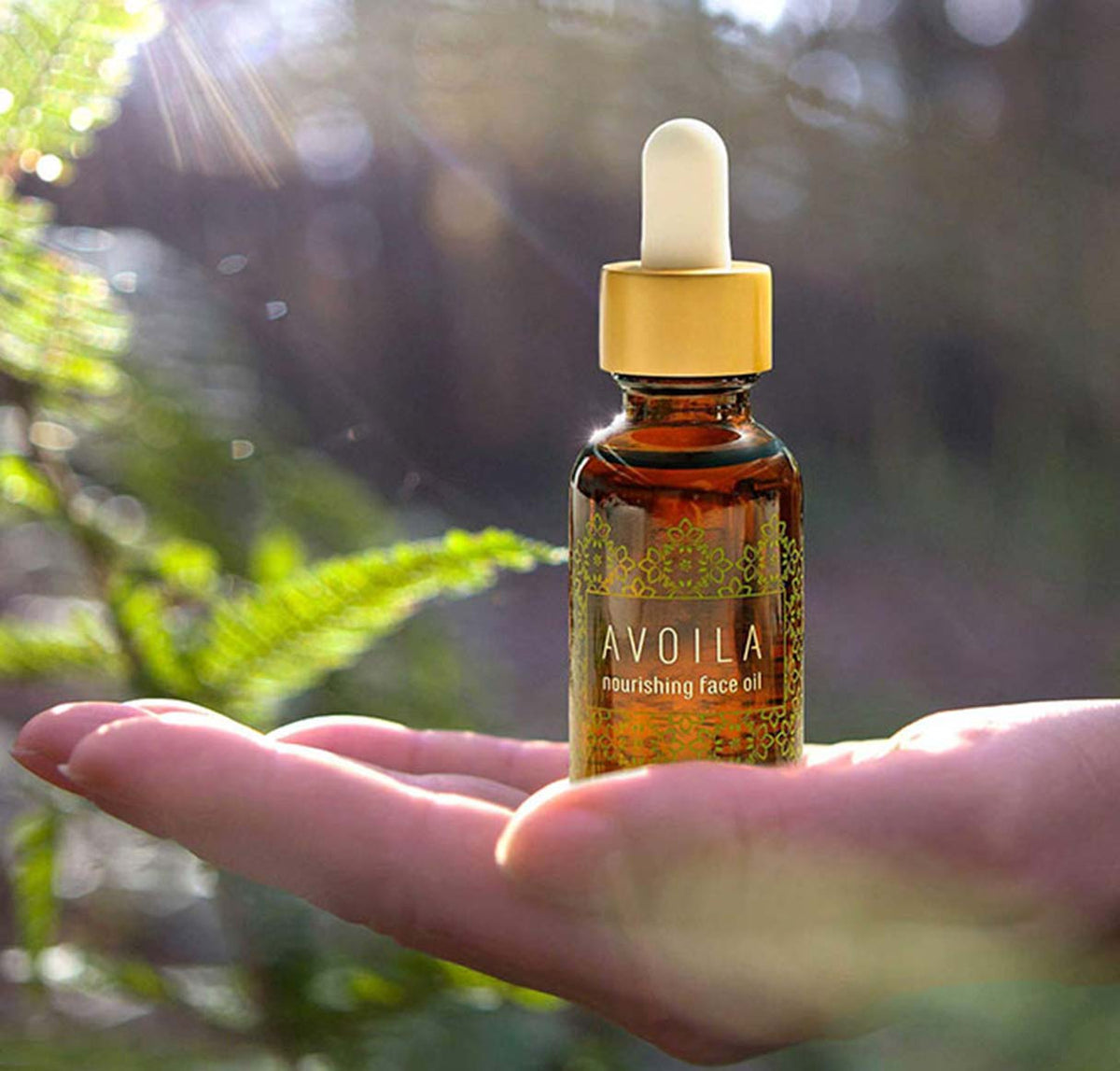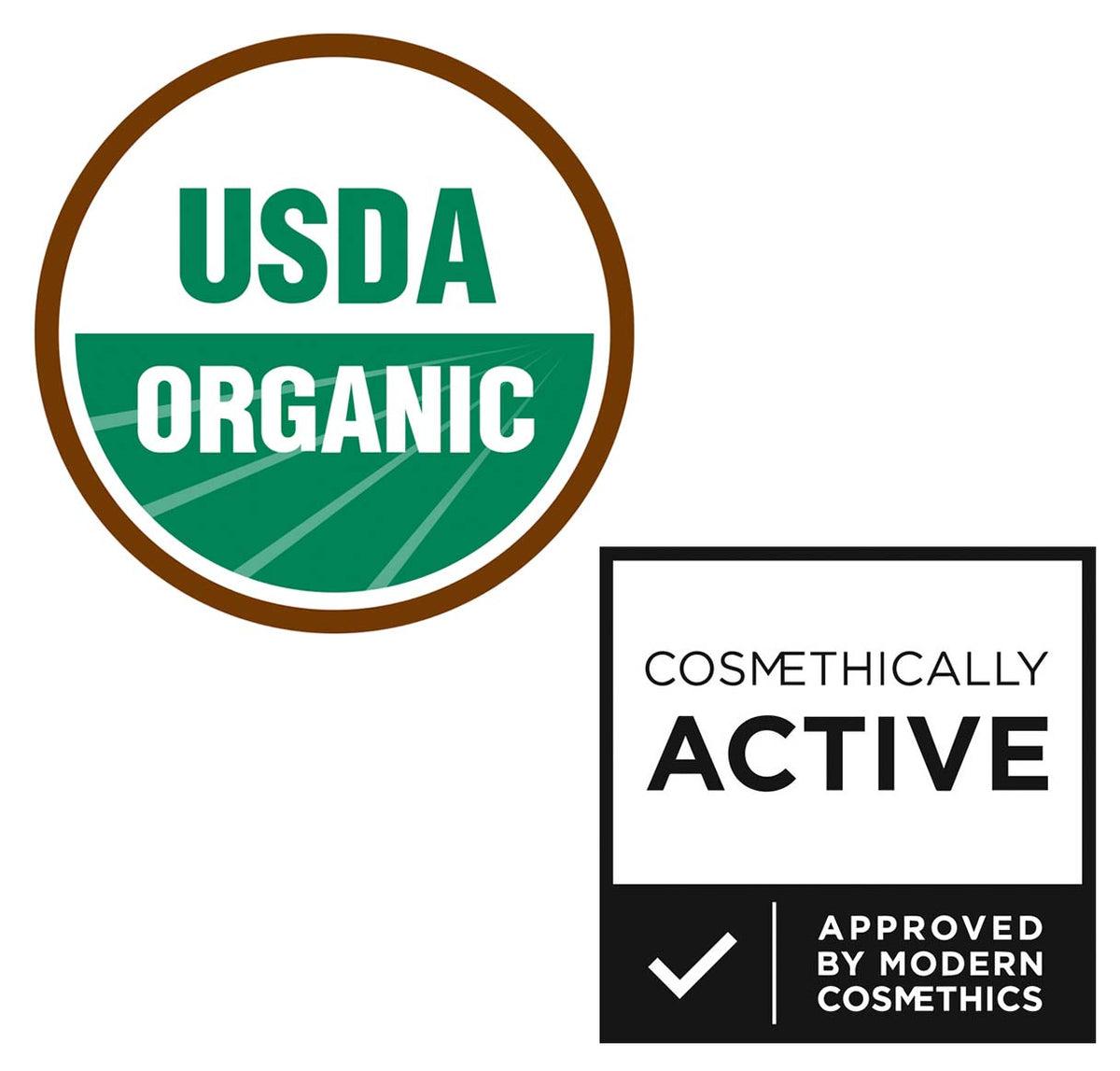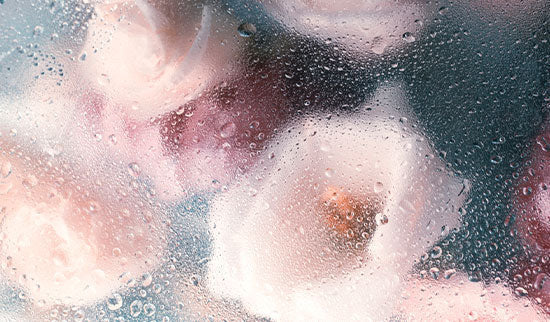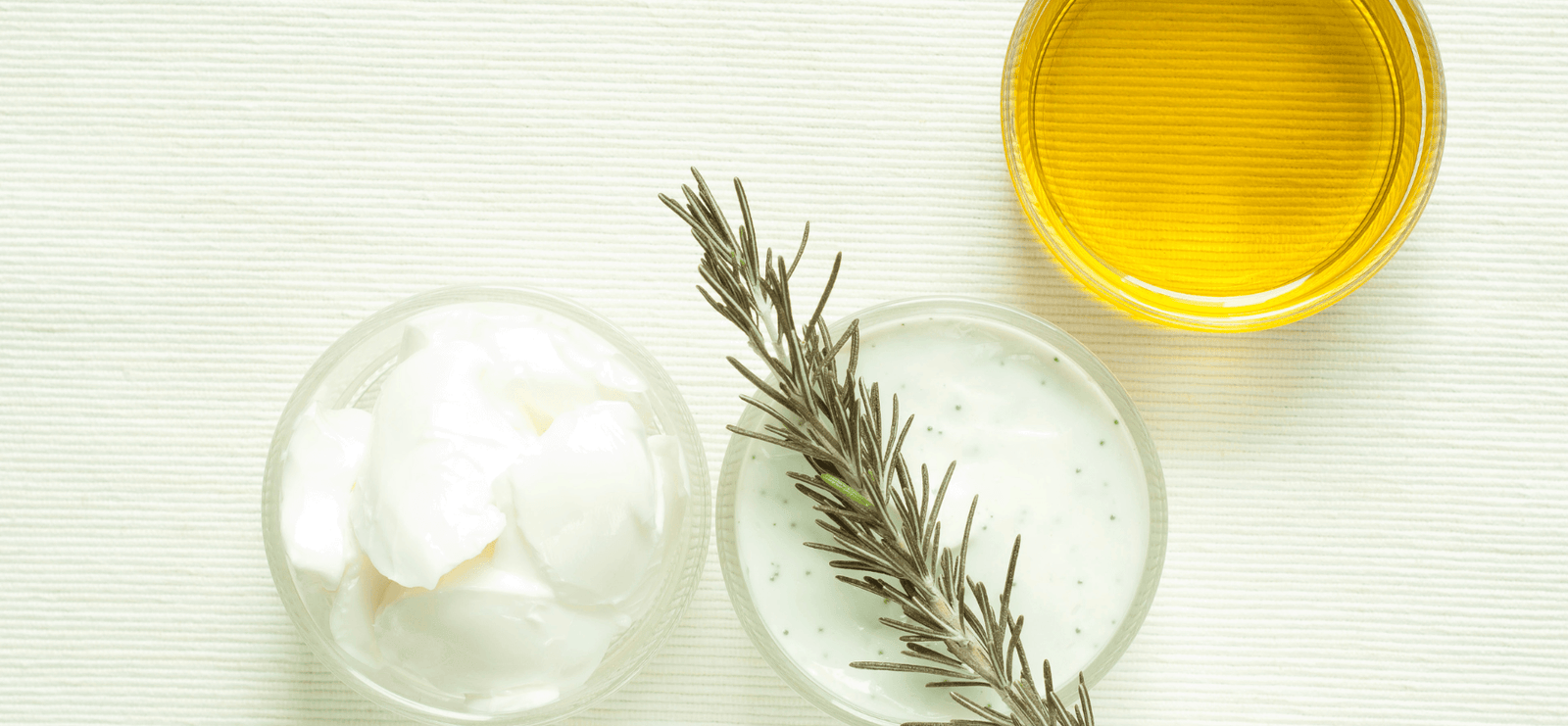
One of the biggest debates in the skincare space has been around whether to use face creams, face oils or both. What are the differences between these two and which one should you use? We will explore the pros and cons of both to help you make the best decision for your skin's needs.
We'll also provide some tips on how to incorporate either a face cream or a face oil into your skincare routine for optimal hydration and nourishment. So get ready to join us in this great debate and equip yourself with skincare knowledge!
What is the difference between a face cream and a face oil?
There are a few key differences between face creams and face oils. The most obvious differences are the ingredients and the texture - creams are water-based and made up of fat (emulsions) and water and have a thick and creamy texture.
On the other hand, oils consist only of oil and have an oily texture (no surprise there). The heaviness of the texture depends on the types of oils used. Oils vary in their ability to hydrate the skin. Many oils are occlusives and only seal in hydration like argan oil. Where others are also humectants that add moisture to the skin like avocado oil and jojoba oil. Both creams and oils contain active ingredients but actives are more concentrated in oils than creams. This means that face oils are generally more hydrating than creams and offer beneficial anti-inflammatory and anti-oxidant effects, but they can also feel heavier on the skin depending on the formulation..
If you have dry skin, you might prefer an oil that will help to hydrate and protect your skin. Oils can also be good for dull or tired-looking skin, as they can help to brighten and revitalize. Ultimately, it comes down to trial and error and which benefits your skin most.
Pros and Cons of a Face Oil
Facial oils have become increasingly popular in recent years, as beauty enthusiasts have begun to appreciate their potential benefits. When used correctly, face oils can help to hydrate and nourish the skin, providing a boost of vitamins, essential fatty acids and antioxidants. The hydration boost offered by a face oil can plump the skin in a way that fine lines become less visible diminishing the natural effects of aging. In addition, facial oils can help to create a protective barrier against environmental damage.
However, facial oils are not without their drawbacks. They can be difficult to apply evenly, and they may not be suitable for all skin types. Oily skinned folks, in particular, may find that face oils cause breakouts with certain types of oils. When formulating Avoila Nourishing Face Oil, we were mindful of including oils like Kalahari Melon Seed Oil to dissolve excess sebum so that those with oiler skin could benefit from a face oil as well.
Pros and Cons of a Face Cream
There are literally thousands of different face creams on the market, each promising to give you flawless skin. But with so many options, it can be tough to know which one is right for you.
In general, face creams can be divided into two categories: those with active ingredients and those without. The former are designed to treat specific skin concerns like dark spots or acne, while the latter simply provide extra hydration. Both types of face cream have their pros and cons. For example, active ingredients can be very effective, but they can also cause irritation, redness, and dryness for those with more sensitive skin. On the other hand, non-active ingredients don't usually provide as much of a noticeable improvement, but they are less likely to cause side effects.
Texture and absorption are also important factors to consider when choosing a face cream. A thick cream might feel luxurious, but it can also take forever to sink in and it may clog pores. And while a light gel might absorb quickly, it might not provide enough hydration for dry skin.
Ultimately, there is no such thing as the best face cream for everyone. The best way to find the right one for you is to experiment until you find a formula that works for your specific skin type and needs.
How to incorporate a face oil and or a face cream into your skincare routine
Hydration is a critical step in your skincare routine that you don't want to leave out. We follow these steps in our skincare routines:
Step 1: Cleanse Your Skin
The first rule of thumb for any skincare routine is to cleanse the skin thoroughly but without using harsh chemicals that will strip away natural oils. In colder months, it's especially important to not over-cleanse or use a cleanser that dries out the skin. Water may be enough to cleanse the skin if you don't feel like it needs anything else, but if you do opt for something else, choose a gentle fragrance-free option. And if your skin is especially dry, you might even want to try a cream or oil-based cleansing balm.
Once you've found a cleanser you like, experiment with cleansing once or twice a day. You want to feel good that your skin is clean but you don't want to overdo it.
Step 2: Exfoliate Your Skin
The next step is to exfoliate. By sloughing off dead skin cells, you can help improve the appearance of your skin and allow your other skincare products to work more effectively. However, don't overdo it; twice or three times a week should suffice. And, you can include this in your winter skincare routine in the evening when you may have a little more time to pamper your skin. Avoid harsh exfoliators, even a clean, damp washcloth can exfoliate your skin!
Step 3: Hydrate Your Skin
After cleansing and exfoliating, it's time to apply a hydrating serum or cream. This is another area where you'll have to evaluate your skin type to see how it reacts to different products. If your skin is not that dry, you may be able to experiment with face oils alone – especially if they contain an emollient like avocado oil.
If it's on the very dry side, you may want to layer a hydrating cream under a face oil. The face oil always goes on top of other products to seal the other products you've added to your skin. Oils are able to penetrate moisturizers but not the other way around.
Applying the face oil last will also give your skin a healthy glow which can eliminate the need for makeup. Another consideration here is your willingness to be consistent with your routine. The more complex it is, the more you may be likely to skip a step, and then it's not an effective routine.
“I find that when I add a moisturizing cream to my routine, my skin tends to depend on it more over time. I’m normally better off skipping the cream and using Avoila on clean, just-washed skin.” Grace O’Sullivan, Co-Founder, Avoila
Step 4: Apply Sunscreen
Lastly, don't forget the sunscreen! Many people believe that they only need to wear it when the sun is out, but UV rays can penetrate through clouds. So if you're participating in winter sports, ensure you put on SPF 30.
These easy steps will help you build a skincare routine that keeps your skin hydrated and looking great no matter what the season. If you have specific concerns like wrinkles or dark spots, there are many treatments available to address them. Talk to your esthetician to find out which ones are right for you.
So there you have it, the lowdown on face oils vs. face creams. Ultimately, both can be beneficial for your skin and which one you choose is partially up to your skin type and your preferences.
If you’re still not sure which route to go, why not try a bit of both? Experiment until you find what works best for you and then let us know about your results! We’re always looking for feedback from our customers so that we can continue to provide the best possible products.
Frequently Asked Questions
Do I need to use both a face oil and face cream to have hydrated skin?
It really depends on how dry your skin feels. Most likely you can get away with using just a face oil as it can hydrate and lock in moisture, but, if that doesn't feel like enough to you try adding a face cream under your face oil.
Can a face oil cause acne?
There are some face oil formulations that can cause acne because the oils used have a high comedogenic rating - this means that the oils are more likely to clog pores. Some oils, like coconut oil, have a higher comedogenic rating. You want to look for products that talk about being good for all skin types (even oily skin) and have a low comedogenic rating. Avoila Nourishing Face Oil not only uses oils that have a low comedogenic rating but also uses ingredients that help dissolve excess sebum on the skin.
Interested in reading more? Check out these blog posts:
Facial Oil: Avocado Oil vs Jojoba Oil vs Argan Oil
Avocado Oil for Acne Prone Skin
The Difference Between a Facial Oil and a Face Serum

